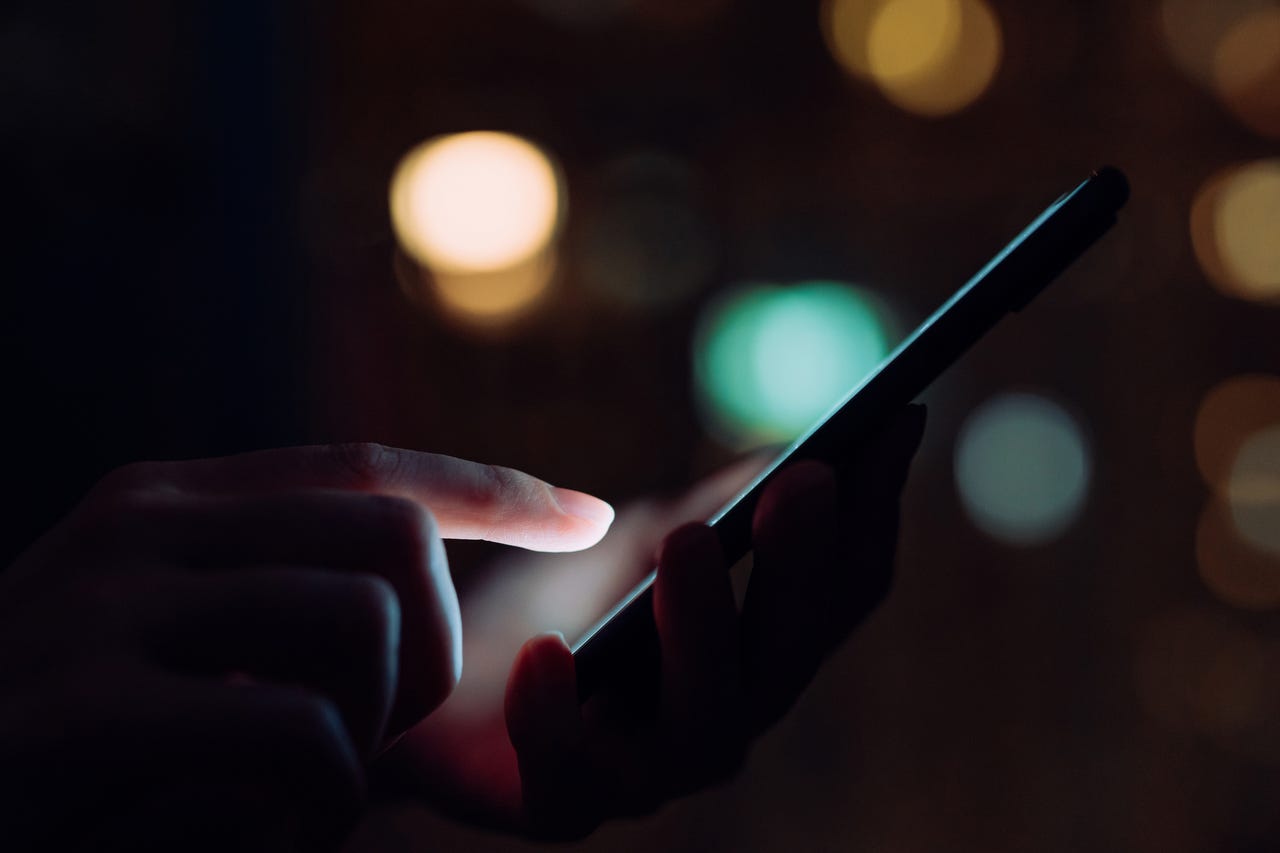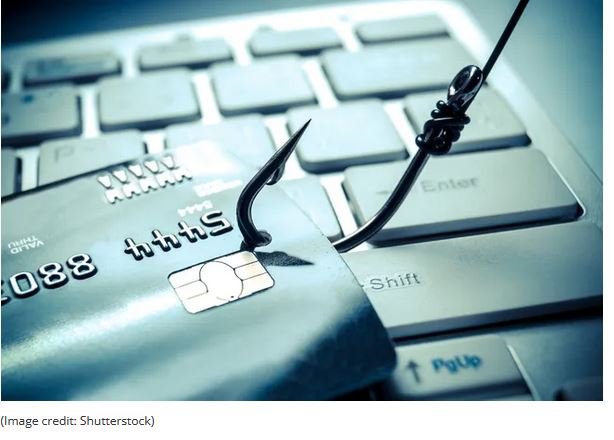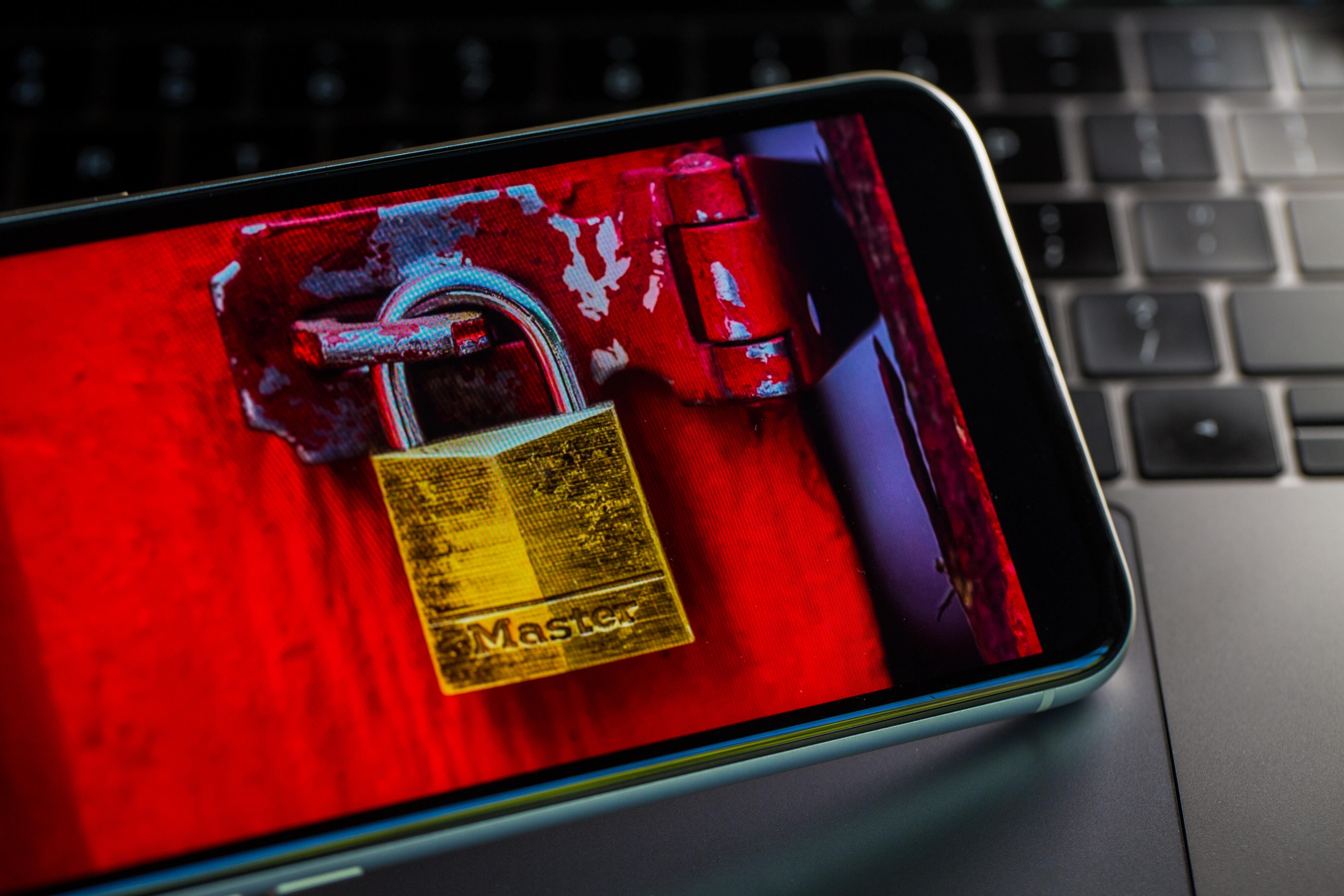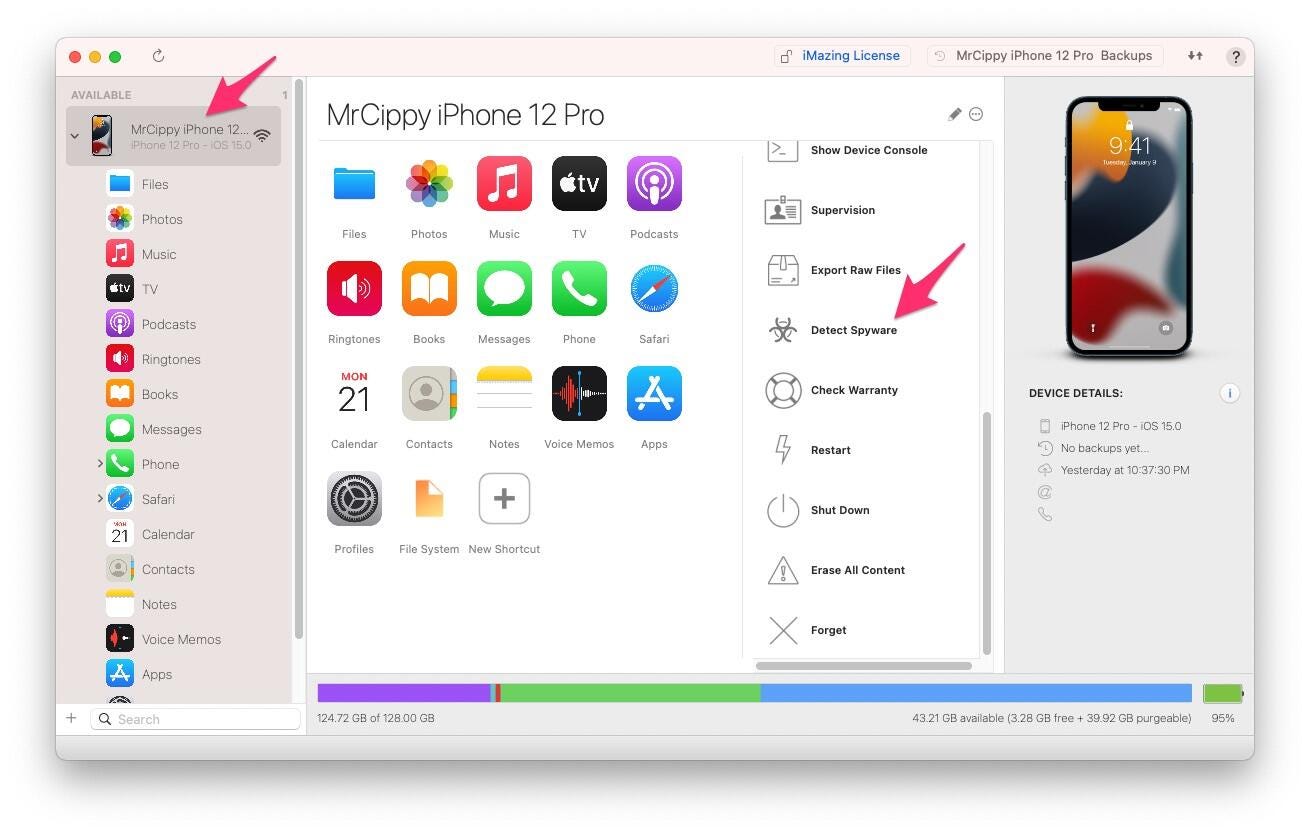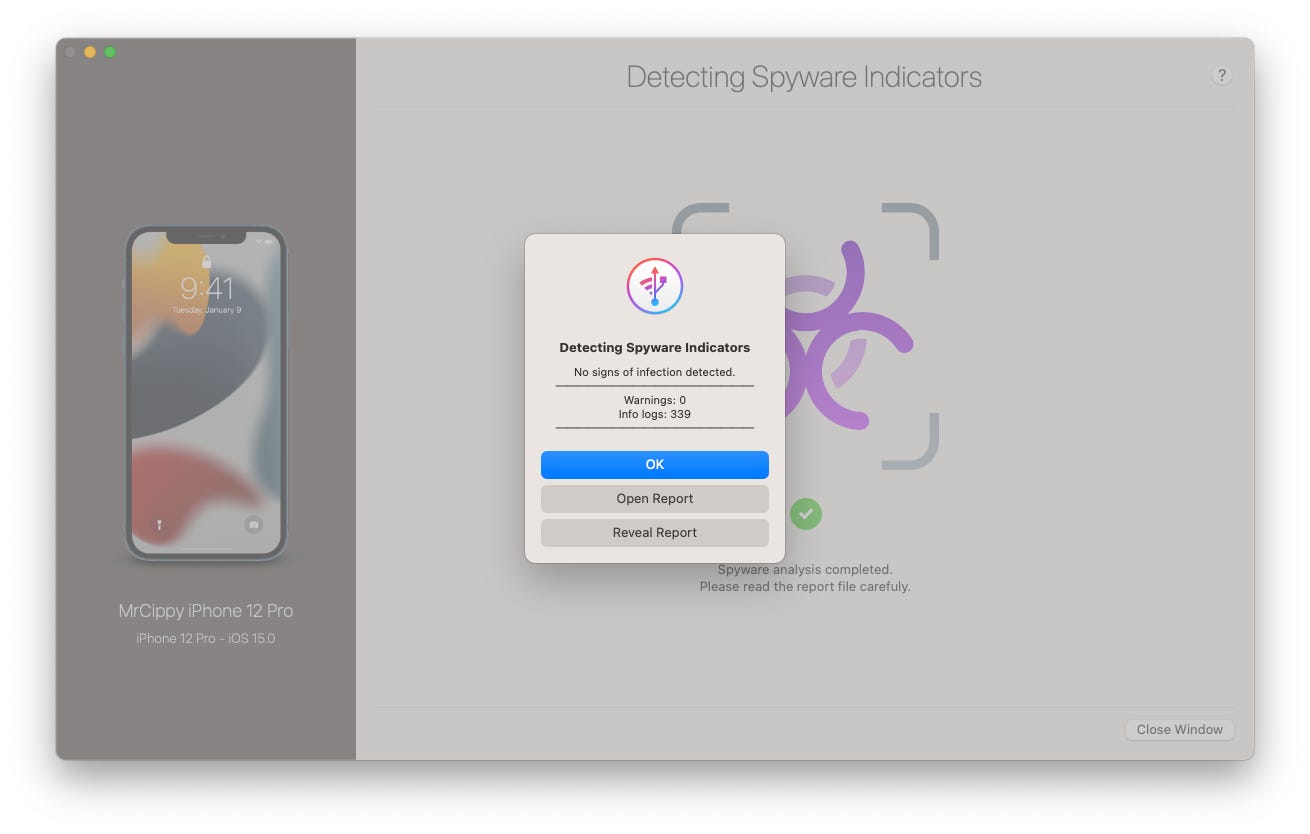Top 10 Cybersecurity Trends (Updated for 2023)
Table of Contents
1) Rise of Automotive Hacking
2) Potential of Artificial Intelligence (AI)
3) Mobile is the New Target
4) Cloud is Also Potentially Vulnerable
5) Data Breaches: Prime Target
6) IoT with 5G Network: The New Era of Technology and Risks
7) Automation and Integration
8) Targeted Ransomware
9) State-Sponsored Cyber Warfare
10) Insider Threats
2023: The Digital Transformation realized for businesses, organizations and even governments are relying on computerized and progressively increased digital systems to manage their day-to-day activities making Cybersecurity a primary goal and priority for all Executives and Organizations of all sizes.
The 2020 pandemic year exacerbated this fact – with up to 75% of billions of people globally transitioning from their physical office (which had the IT resources and personnel) to their “home office”. Essentially turning the entire “working from home industry” and all of the IT and HR requirements that it needs due to safeguarding data from various online attacks or any unauthorized access as the new “norm” of virtual/remote work.
Going Forward: Continuous change in technologies including the popular Dual Authorization Password apps primarily through utilizing the smart phone also implies a parallel shift and priority in Cybersecurity trends across the board in every organization as news of data breach, ransomware, malware, compromised devices/browsers and hacks unfortunately become the norms. This is simply based on adapting to the progressing volume (millions before the 2020 Pandemic worked from home, today it is billions) of remote workers. Here are the top Cybersecurity trends for 2023:
1) Rise of Automotive Hacking
Modern vehicles nowadays come packed with automated software creating seamless connectivity for drivers in cruise control, engine timing, door lock, airbags and advanced systems for driver assistance. These vehicles use Bluetooth and WiFi technologies to communicate that also opens them to several vulnerabilities or threats from hackers. Gaining control of the vehicle or using microphones for eavesdropping is expected to rise in 2023 with more use of automated vehicles. Self-driving or autonomous vehicles use an even further complex mechanism that requires strict cybersecurity measures.
2) Potential of Artificial Intelligence (AI)
With AI being introduced in all market segments, this technology with a combination of machine learning has brought tremendous changes in cybersecurity. AI has been paramount in building automated security systems, natural language processing, face detection, and automatic threat detection and the ChatGPT OpenAI capabilities that are literally transforming industries of anything relating to “the written word” including Copy Writing, Marketing, Advertising, Education, and many, many others are all being automated with AI. Although, it is also being used to develop smart malware and attacks to bypass the latest security protocols in controlling data. AI enabled threat detection systems can predict new attacks and notify admins for any data breach instantly.
3) Mobile is the New Target
Cybersecurity trends provide a considerable increase (50 percent) for mobile banking malware or attacks in 2020, making our handheld devices a potential prospect for hackers. All of our photos, financial transactions, emails, and messages possess more threats to individuals. Smartphones are logically one of the biggest targets for anyone with the skills and agenda primarily based on two facts:
- Smartphones are used by more people globally today than PC’s (personal computers)
- The security and vulnerabilities of smartphones are far less on average than PC’s
- Social Media like Facebook, Instagram, and Tik Tok as well as other installed Apps of all types on smartphones/PC’s/devices are being targeted more and more each day by malicious individuals and “ransomware gangs” globally.
4) The “Cloud” i.e. Internet is Also Potentially Vulnerable
With more and more organizations now established on clouds, security measures need to be continuously monitored and updated to safeguard the data from leaks. Although cloud applications such as Google or Microsoft are well equipped with security from their end still, it’s the user end that acts as a significant source for erroneous errors, malicious software, and phishing attacks more than ever before today. Malicious actors across the globe are adapting faster than end users can act, especially in today’s ever so popular Social Media world.
5) Data Breaches: Prime target
Data will continue to be a leading concern for organizations around the world. Whether it be for an individual or organization, safeguarding digital data is the primary goal now. Any minor flaw or bug in your system browser or software is a potential vulnerability for hackers to access personal information. New strict measures General Data Protection Regulation (GDPR) was enforced from May 25th, 2018 onwards, offering data protection and privacy for individuals in the European Union(EU). Similarly, the California Consumer Privacy Act (CCPA) was applied after January 1st, 2020, for safeguarding consumer rights in the California area.
6) IoT with 5G Network: The New Era of Technology and Risks
With the advent and growth of 5G networks, a new era of inter-connectivity will become a reality with the Internet of Things (IoT).
The Internet of Things (IoT) is essentially an interconnected global network where all devices are connected to each other as well as the “internet” 24×7. This communication between multiple devices also opens them to vulnerabilities from outside influence, attacks or an unknown software bug. Even the world’s most used browser supported by Google, Chrome was found to have serious bugs. 5G architecture is comparatively new in the industry and requires a lot of research to find loopholes to make the system secure from external attack.
Every step of the 5G network might bring a plethora of network attacks that we might not be aware of. Here manufacturers need to be very strict in building sophisticated 5G hardware and software to control data breaches.
7) Automation and Integration
With the size of data multiplying every day, it is eminent that automation is integrated to give more sophisticated control over the information. Modern hectic work demand also pressurizes professionals and engineers to deliver quick and proficient solutions, making automation more valuable than ever. Security measurements are incorporated during the agile process to build more secure software in every aspect. Large and complex web applications are further hard to safeguard making automation as well as cyber security to be a key concept of the software development process.
8) Targeted Ransomware
Another important cybersecurity trend that we can’t seem to ignore is targeted ransomware. Especially in the developed nations’ industries rely heavily on specific software to run their daily activities. These ransomware targets are more focused today in 2023 including examples like the Wanna Cry attack on the National Health Service hospitals in England corrupted more than 70,000 medical devices. Though generally, ransomware asks to threaten to publish the victim’s data unless a ransom is paid still it can affect the large organization or in case of nations too.
9) State-Sponsored Cyber Warfare
There won’t be any stoppage between the western and eastern powers in attempts to find superiority. The tension between the US and Iran or Chinese hackers often creates worldwide news though the attacks are few; they have a significant impact on an event such as elections. And with more than 70 elections bound to be held this year, criminal activities during this time will surge. Expect high-profile data breaches, key infrastructure like airlines grounding planes due to internal software compromises, etc. as top cybersecurity trends for 2023.
10) Insider Threats
Human error is still one of the primary reasons for data breaches and cyber security issues and service tickets, up to 75% of all reported in fact according to the most recent 2022 statistics. Any employee having a grudge or just a bad day at their employer or intentional loophole can bring down a whole organization with millions of stolen data. One example of this in 2022 was an official Report by Verizon that a documented data breach gives strategic insights on cybersecurity trends that 45 percent of total attacks were directly or indirectly made by the employees. Creating a culture of more awareness within premises to safeguard data in every way possible is truly the primary goal today in 2023 as well as the future.
